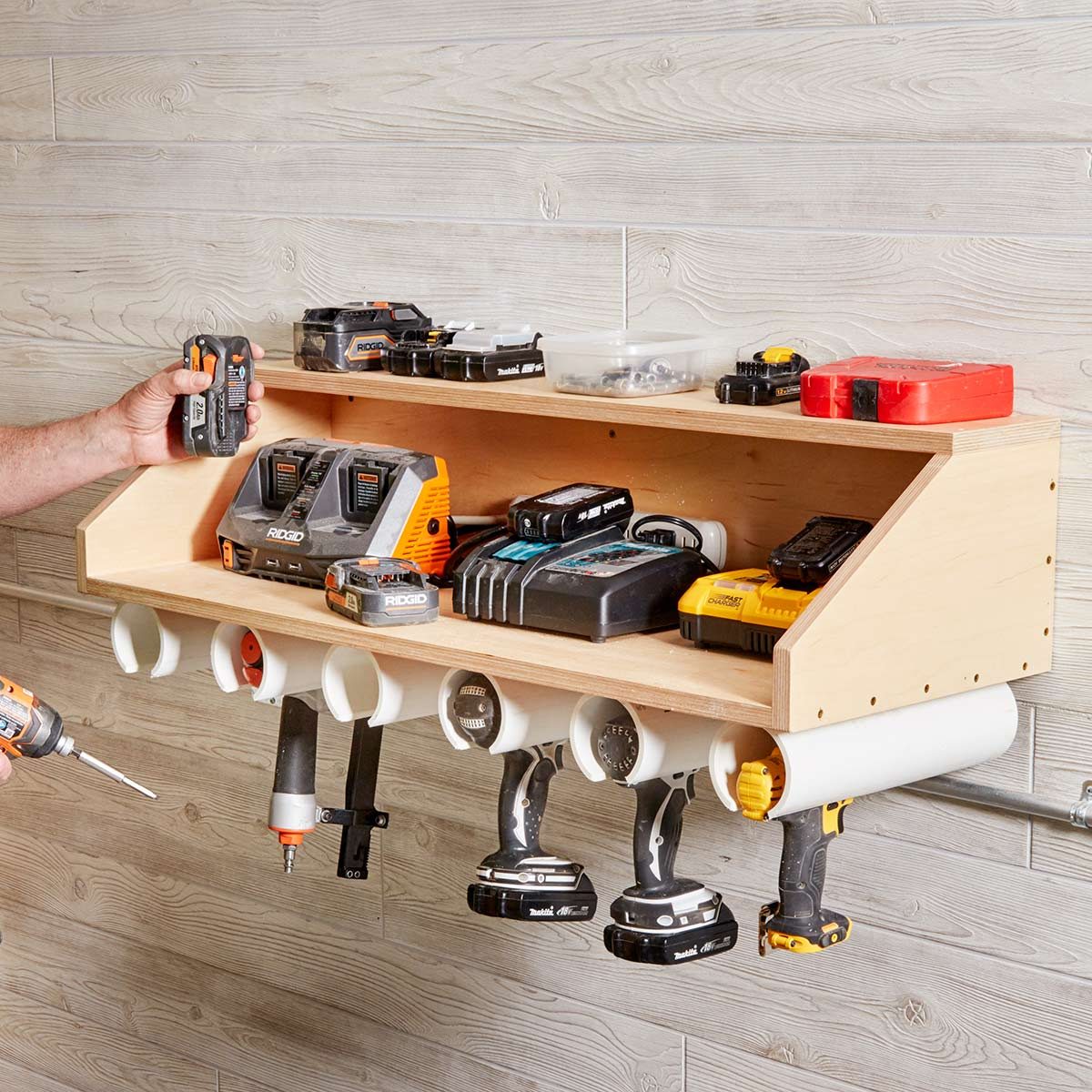

Articles
How To Store Power Tools
Modified: January 6, 2024
Discover expert articles on how to store power tools and keep them in top condition. Follow these simple guidelines to ensure your tools are protected and ready for use when you need them.
(Many of the links in this article redirect to a specific reviewed product. Your purchase of these products through affiliate links helps to generate commission for Storables.com, at no extra cost. Learn more)
Introduction
Power tools are essential for completing various projects and tasks, whether you’re a DIY enthusiast or a professional tradesperson. These tools are designed to make our lives easier by providing efficient and effective ways to accomplish tasks. However, it’s important to not only invest in high-quality power tools but also to properly store and maintain them.
Proper storage of power tools is crucial for several reasons. Firstly, it ensures the longevity of your tools, allowing them to perform at their best for a longer period of time. Secondly, storing power tools correctly reduces the risk of accidents and injuries that can result from mishandling or improper storage. Lastly, organizing and maintaining a well-kept storage area for your power tools not only promotes efficiency but also saves you time when you need to locate and use your tools.
In this article, we will delve into the importance of proper power tool storage and provide you with some general guidelines and safety considerations. We’ll also explore various storage options for both indoor and outdoor settings, as well as offer some maintenance tips to keep your tools in optimal condition.
Key Takeaways:
- Proper storage and maintenance of power tools are crucial for longevity, safety, and efficiency. By following guidelines and utilizing suitable storage options, you can protect your tools, optimize workspace, and prevent accidents.
- Prioritize cleanliness, organization, and safety when storing power tools. Choose appropriate indoor and outdoor storage options, follow safety considerations, and maintain tools regularly to ensure optimal performance and longevity.
Read more: How To Use Power Tools
Importance of Proper Power Tool Storage
Properly storing your power tools offers several benefits. Firstly, it helps to prevent damage to your tools. When tools are left lying around or stored haphazardly, they are more susceptible to dust, moisture, and accidental impact, all of which can negatively affect their performance and lifespan.
Furthermore, storing your power tools in an organized manner saves you time and effort when you need to retrieve them. Rather than rummaging through cluttered drawers or searching through piles of tools, storing them in designated spaces or toolboxes makes them easily accessible and ready for use.
Another important aspect of power tool storage is minimizing safety risks. When tools are not stored properly, they can pose a hazard to yourself and others. Sharp blades, exposed wires, and heavy machinery can cause serious accidents or injuries if not handled with care. By storing your tools securely and out of reach of children or unsuspecting individuals, you significantly reduce the risk of accidents.
General Guidelines for Power Tool Storage
Before exploring specific storage options, it’s essential to keep a few general guidelines in mind for storing power tools:
- Clean and dry your tools: Before storing your power tools, ensure that they are clean and dry. Remove any debris or dust and wipe them down with a dry cloth to prevent rust or damage.
- Protect against moisture: Moisture is a common enemy of power tools. Store your tools in a dry environment or use moisture-absorbing products to prevent corrosion and damage.
- Secure loose parts: If your power tools have detachable parts or accessories, secure them properly before storing. This prevents loss and damage to these components.
- Label and categorize: To promote organization and easy retrieval, label your tools and categorize them based on their type or function. This makes it convenient when searching for specific tools or when it’s time to restock your toolbox.
By following these general guidelines, you can ensure that your power tools are stored properly and well-maintained for long-term use.
Key Takeaways:
- Proper storage and maintenance of power tools are crucial for longevity, safety, and efficiency. By following guidelines and utilizing suitable storage options, you can protect your tools, optimize workspace, and prevent accidents.
- Prioritize cleanliness, organization, and safety when storing power tools. Choose appropriate indoor and outdoor storage options, follow safety considerations, and maintain tools regularly to ensure optimal performance and longevity.
Read more: How To Use Power Tools
Importance of Proper Power Tool Storage
Properly storing your power tools offers several benefits. Firstly, it helps to prevent damage to your tools. When tools are left lying around or stored haphazardly, they are more susceptible to dust, moisture, and accidental impact, all of which can negatively affect their performance and lifespan.
Furthermore, storing your power tools in an organized manner saves you time and effort when you need to retrieve them. Rather than rummaging through cluttered drawers or searching through piles of tools, storing them in designated spaces or toolboxes makes them easily accessible and ready for use.
Another important aspect of power tool storage is minimizing safety risks. When tools are not stored properly, they can pose a hazard to yourself and others. Sharp blades, exposed wires, and heavy machinery can cause serious accidents or injuries if not handled with care. By storing your tools securely and out of reach of children or unsuspecting individuals, you significantly reduce the risk of accidents.
Proper storage also helps to maintain the functionality and performance of your power tools. When stored correctly, they are protected from extreme temperature fluctuations, which can damage the internal components. Additionally, storing them in a dry environment prevents moisture buildup that leads to rust and corrosion.
Furthermore, by taking the time to organize and store your power tools properly, you can extend their lifespan. This reduces the need for frequent replacements and saves you money in the long run. When your tools are well-maintained, they are less prone to wear and tear, ensuring that they continue to perform at their best.
Proper storage also helps to optimize your workspace. When your tools have designated storage spaces, it creates a more organized and efficient work environment. You can easily locate the tools you need, making your projects more streamlined and saving valuable time.
In addition to the practical benefits, proper power tool storage also demonstrates a sense of professionalism and pride in your work. When clients or colleagues see that you have a well-organized tool storage system, it reflects positively on your work ethic and attention to detail.
Overall, proper power tool storage is essential for maintaining the longevity, safety, and functionality of your tools. By investing the time and effort into organizing and storing your power tools correctly, you’ll reap the numerous benefits of having reliable, accessible, and well-maintained tools that enhance your productivity and efficiency.
General Guidelines for Power Tool Storage
Before exploring specific storage options, it’s essential to keep a few general guidelines in mind for storing power tools:
- Clean and dry your tools: Before storing your power tools, ensure that they are clean and dry. Remove any debris or dust and wipe them down with a dry cloth to prevent rust or damage.
- Protect against moisture: Moisture is a common enemy of power tools. Store your tools in a dry environment or use moisture-absorbing products to prevent corrosion and damage.
- Secure loose parts: If your power tools have detachable parts or accessories, secure them properly before storing. This prevents loss and damage to these components.
- Label and categorize: To promote organization and easy retrieval, label your tools and categorize them based on their type or function. This makes it convenient when searching for specific tools or when it’s time to restock your toolbox.
- Consider tool cases or bags: Invest in tool cases or bags designed specifically for power tools. These provide added protection and portability, making it easier to transport your tools to various job sites.
- Utilize wall-mounted storage: Wall-mounted storage options, such as pegboards or wall hooks, are a great way to maximize space and keep your tools easily accessible. This can free up valuable workspace and prevent clutter.
- Use toolboxes or cabinets: Toolboxes and cabinets are ideal for storing power tools with multiple accessories or smaller parts. They provide a secure and organized storage space, protecting your tools from damage and keeping everything in one place.
- Consider tool racks or stands: Tool racks or stands are useful for storing larger power tools such as drills, saws, or sanders. These racks keep your tools upright and prevent them from tipping over, reducing the risk of damage.
- Implement proper cord management: Power cords can easily become tangled or damaged if not stored properly. Use cord management solutions, such as cord reels or hooks, to keep cords neat and prevent tangling or tripping hazards.
By following these general guidelines, you can ensure that your power tools are stored properly and well-maintained for long-term use. Remember, the goal is to protect your tools, optimize storage space, and make them easily accessible when you need them.
Store power tools in a dry, clean area to prevent rust and damage. Use cases or shelves to keep them organized and easily accessible. Consider using silica gel packs to control moisture.
Indoor Power Tool Storage Options
When it comes to storing power tools indoors, there are several options to consider. The choice depends on the size of your tools, the available space in your workshop or garage, and your personal preferences. Here are some popular indoor power tool storage options:
- Toolboxes: Toolboxes are a classic choice for storing power tools. They come in various sizes and styles, providing a secure and portable storage solution. Look for toolboxes with compartments or removable trays to keep smaller accessories organized.
- Cabinets: Cabinets offer a more spacious and organized storage option for power tools. They typically have multiple shelves or drawers, allowing you to store tools of different sizes. Cabinets with locking mechanisms provide additional security.
- Pegboards: Pegboards are a versatile and space-saving storage solution. Mount a pegboard on the wall and hang your power tools using hooks or specialized holders. This allows for easy visibility and access to your tools.
- Wall-mounted shelves: Wall-mounted shelves are ideal for power tools that don’t need to be hung. These shelves provide a designated space for your tools, keeping them organized and off the floor or workbench.
- Tool racks: Tool racks are designed specifically for certain types of power tools, such as drills or saws. They typically hold the tool securely in place and often include storage for accessories or attachments.
- Workbenches: Many workbenches come with built-in storage options, such as drawers or cabinets. Utilize these storage compartments to keep your power tools organized and easily accessible while you work.
When selecting an indoor power tool storage option, consider factors such as the amount of space available, the number and size of your tools, and your personal workflow. Remember to prioritize accessibility, protection, and organization to ensure your power tools are well-maintained and easily accessible as needed.
Outdoor Power Tool Storage Options
When it comes to storing power tools outdoors, it’s essential to protect them from the elements while ensuring they remain easily accessible for use. Here are some effective outdoor power tool storage options:
- Weatherproof tool sheds: Investing in a weatherproof tool shed provides excellent protection for your power tools. Look for sheds made from durable materials, such as steel or resin, that can withstand exposure to rain, sun, and other harsh weather conditions.
- Lockable storage cabinets: Lockable storage cabinets are an excellent option for outdoor power tool storage. These cabinets not only protect your tools from the elements but also provide added security with a lockable mechanism, keeping your tools safe from theft or unauthorized access.
- Storage benches: Storage benches serve a dual purpose by providing seating and storage. Opt for benches with built-in compartments or drawers to store your power tools conveniently and keep them protected from the elements when not in use.
- Toolboxes with weather-resistant features: Look for toolboxes specifically designed for outdoor storage, with features such as weather-resistant seals or waterproof materials. This ensures that your power tools remain protected even when exposed to rain or snow.
- Portable storage chests: Portable storage chests are a versatile option for outdoor storage. These chests come in various sizes and can be easily moved around your outdoor space. Look for chests with built-in handles and wheels for easy transportation.
- Overhead storage racks: If you have a covered outdoor area, consider installing overhead storage racks. These racks can utilize the ceiling space to store your power tools, keeping them protected while maximizing your storage capacity.
When utilizing outdoor storage options for your power tools, it’s crucial to ensure proper protection against the weather elements. Additionally, maintaining the overall security of your tools is essential to prevent theft or unauthorized access.
Consider the size and quantity of your power tools, the available space in your outdoor area, and the level of protection needed when selecting the most suitable outdoor storage option. By choosing the right storage solution, you can ensure that your power tools remain in optimal condition for extended periods, ready for use whenever you need them.
Safety Considerations for Power Tool Storage
Proper storage of power tools not only protects them from damage but also ensures the safety of yourself and others. Taking the following safety considerations into account when storing power tools can help prevent accidents and injuries:
- Secure storage: Store power tools in a secure location that is out of reach of children and unauthorized individuals. This reduces the risk of accidents caused by mishandling or misuse of the tools.
- Locking mechanisms: If your storage option has a locking mechanism, such as a cabinet or tool chest, always lock it when not in use. This prevents others from accessing the tools without proper authorization.
- Unplug power tools: Before storing or moving power tools, make sure they are unplugged. This eliminates the risk of unintentional activation or electric shock if the tool is mishandled.
- Proper cord storage: When storing power tools that have cords, ensure the cords are not tangled or exposed. Use cord management solutions, such as cord reels or hooks, to keep them neat and prevent tripping hazards.
- Sharp edges and blades: If your power tools have detachable blades or sharp edges, handle them with care during storage. Use protective covers or sheaths to prevent accidental cuts or injuries when reaching into storage areas.
- Fire safety: Ensure that power tools and their accessories are stored away from flammable materials or potential fire hazards. This can help prevent accidental fires in the storage area.
- Battery safety: For power tools that use batteries, remove or disconnect the batteries before storing the tools. This prevents potential hazards caused by battery leakage or combustion.
- Read and follow instructions: Familiarize yourself with the manufacturer’s instructions for proper storage of each power tool. Adhere to any specific storage requirements or recommendations provided in the user manual.
- Regular maintenance: Even when in storage, power tools may require periodic maintenance. Check for any signs of damage or wear, and perform necessary maintenance tasks, such as lubrication or blade sharpening, as recommended by the manufacturer.
By prioritizing safety when storing power tools, you reduce the risk of accidents, injuries, and damage to the tools themselves. Remember to always exercise caution and follow manufacturer guidelines to ensure the safe handling and storage of your power tools.
Maintenance Tips for Stored Power Tools
Proper maintenance of stored power tools is essential to ensure their longevity and optimal performance. Here are some maintenance tips to keep in mind:
- Cleanliness: Regularly clean your power tools, both before and after use. Remove any dust, debris, or residue that may accumulate on the surface or in hard-to-reach areas. This helps prevent buildup that can affect the tool’s performance.
- Lubrication: Some power tools, such as drills or saws, may require lubrication of moving parts to operate smoothly. Refer to the manufacturer’s instructions for recommended lubricants and intervals for lubrication. Apply lubrication as necessary to keep the tool in good working condition.
- Blade sharpening: If your power tools have blades, such as circular saws or planers, it’s important to regularly check their sharpness. Dull blades can reduce the tool’s efficiency and pose safety risks. Follow proper sharpening techniques or consult a professional if necessary.
- Battery maintenance: For cordless power tools, proper battery maintenance is crucial. Store batteries separate from the tools in a cool, dry place and follow the manufacturer’s instructions for charging and recharging. Check the battery terminals for cleanliness and corrosion periodically and clean as needed.
- Inspection: Regularly inspect your stored power tools for any signs of wear, damage, or loose parts. Look for frayed cords, cracked casings, or loose screws. Address any issues promptly and either repair or replace damaged parts to maintain the tool’s functionality and safety.
- Accessories and attachments: Keep accessories and attachments organized and stored alongside their corresponding power tools. Ensure they are in good condition and free from any damage or defects that may affect their performance.
- Environmental considerations: Consider the storage environment for your power tools. Extreme temperatures, humidity, or exposure to direct sunlight can impact their performance and lifespan. Aim to store your tools in a dry, controlled space to minimize any potential damage.
- Regular usage: Even when stored, it’s beneficial to periodically use your power tools to keep their mechanisms in good working order. Take them out and run them for a short period to ensure everything functions properly. This also helps prevent any parts from becoming seized due to prolonged disuse.
- Follow manufacturer’s recommendations: Lastly, always refer to the manufacturer’s instructions, guidelines, and recommendations for specific maintenance requirements. Different power tools may have unique maintenance needs, so it’s important to understand and follow the guidelines provided.
By following these maintenance tips, you can ensure that your stored power tools remain in top condition and ready for use when you need them. Regular upkeep and care will not only extend the lifespan of your power tools but also optimize their performance and ensure a safer working experience.
Read more: How To Cut Metal Without Power Tools
Conclusion
Proper storage and maintenance of power tools are essential for ensuring their longevity, functionality, and safety. By following the guidelines and options outlined in this article, you can effectively store your power tools, both indoors and outdoors, while minimizing the risk of accidents and damage.
Remember to always prioritize cleanliness by regularly cleaning your tools and removing any debris or residue that can affect their performance. Proper organization and categorization of your power tools not only save time but also help protect them from damage.
When considering storage options, choose one that provides adequate protection against the elements, such as weatherproof sheds, lockable cabinets, or portable storage chests. Utilize wall-mounted solutions, pegboards, or workbench compartments to optimize available space and keep your tools easily accessible.
Ensure safety by securing storage areas to prevent unauthorized access, properly storing detachable parts, and managing cords to avoid tripping hazards. Additionally, follow maintenance tips such as lubrication, blade sharpening, and regular inspection to keep your power tools in optimal condition.
Remember to consult the manufacturer’s instructions for specific maintenance requirements and recommendations tailored to each power tool’s needs.
By practicing proper power tool storage and maintenance, you can extend the lifespan of your tools, enhance their performance, and create a safer working environment. Investing time and effort into storing and maintaining your power tools will pay off in the long run, saving you money on replacements and improving your productivity and efficiency.
So, take the necessary steps to organize and maintain your power tools today and enjoy the benefits of having reliable, accessible, and well-preserved tools for all your projects and tasks!
Frequently Asked Questions about How To Store Power Tools
Was this page helpful?
At Storables.com, we guarantee accurate and reliable information. Our content, validated by Expert Board Contributors, is crafted following stringent Editorial Policies. We're committed to providing you with well-researched, expert-backed insights for all your informational needs.
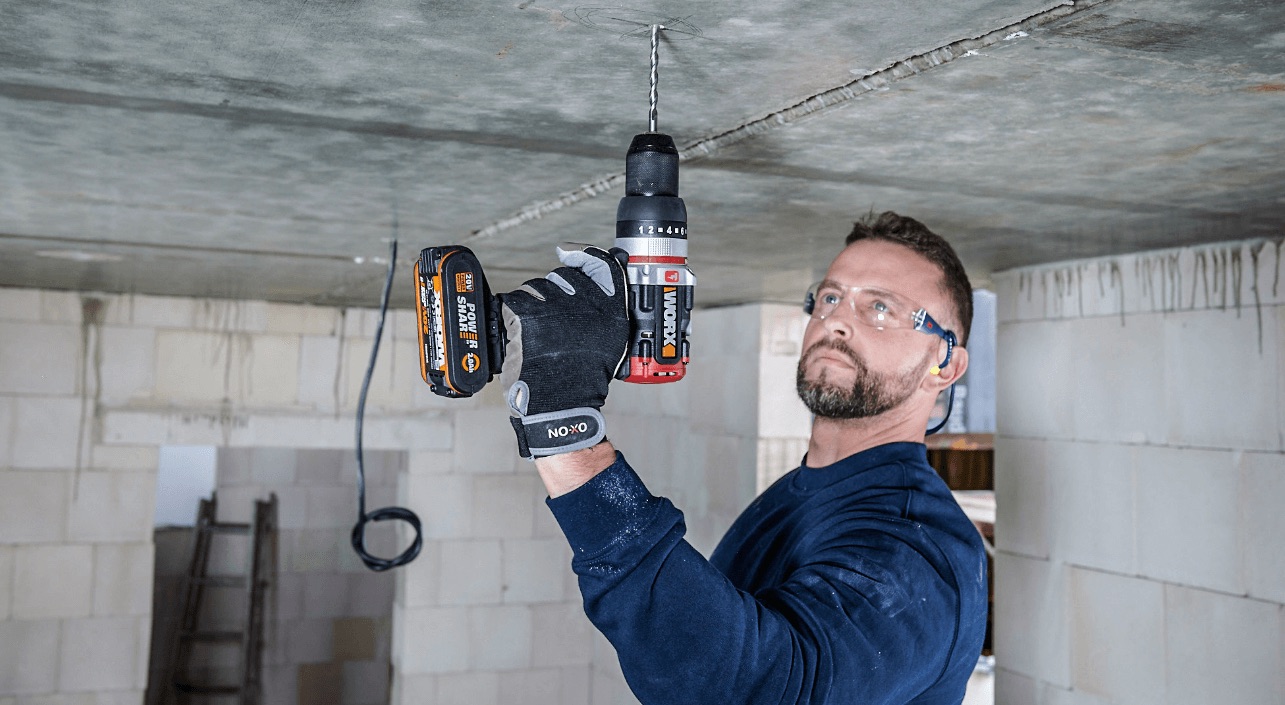
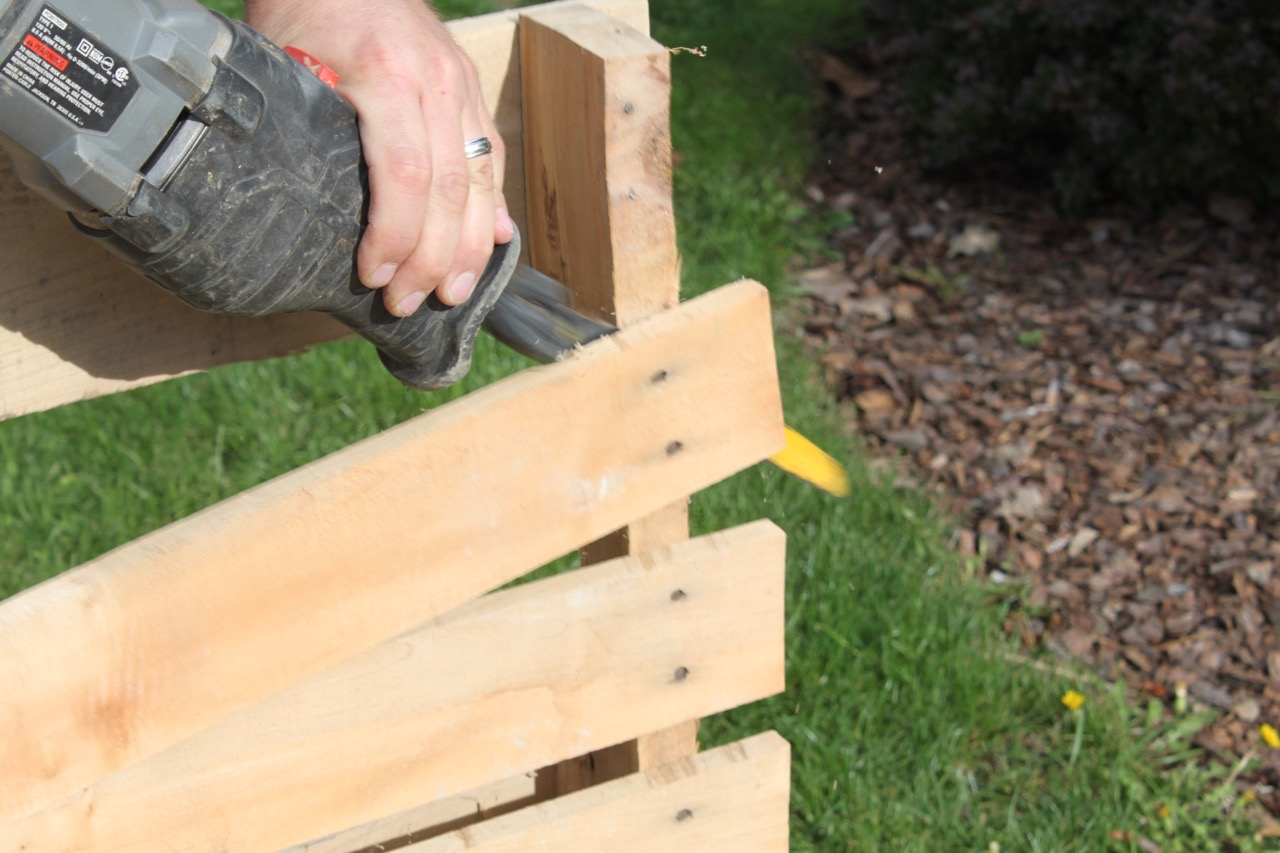
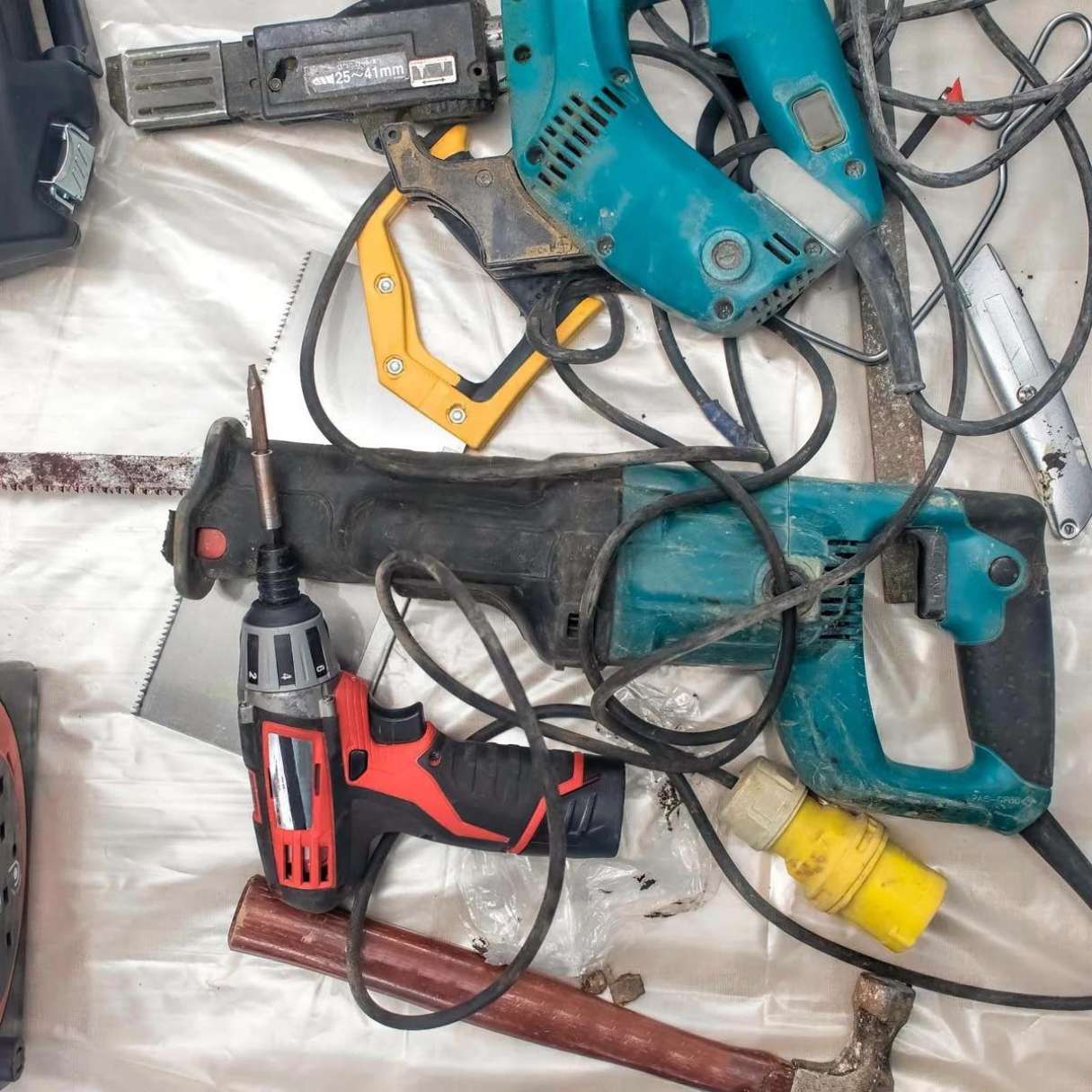
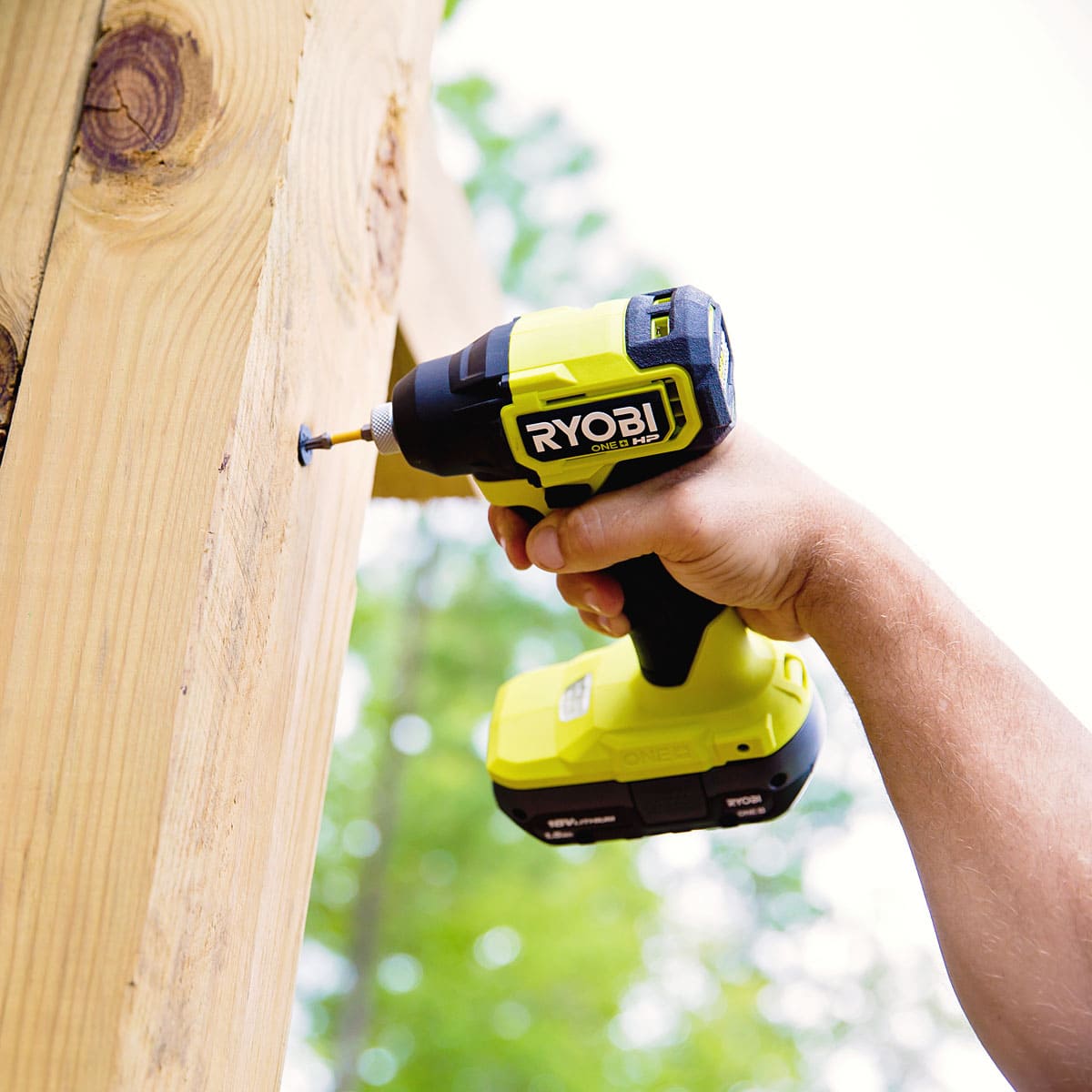
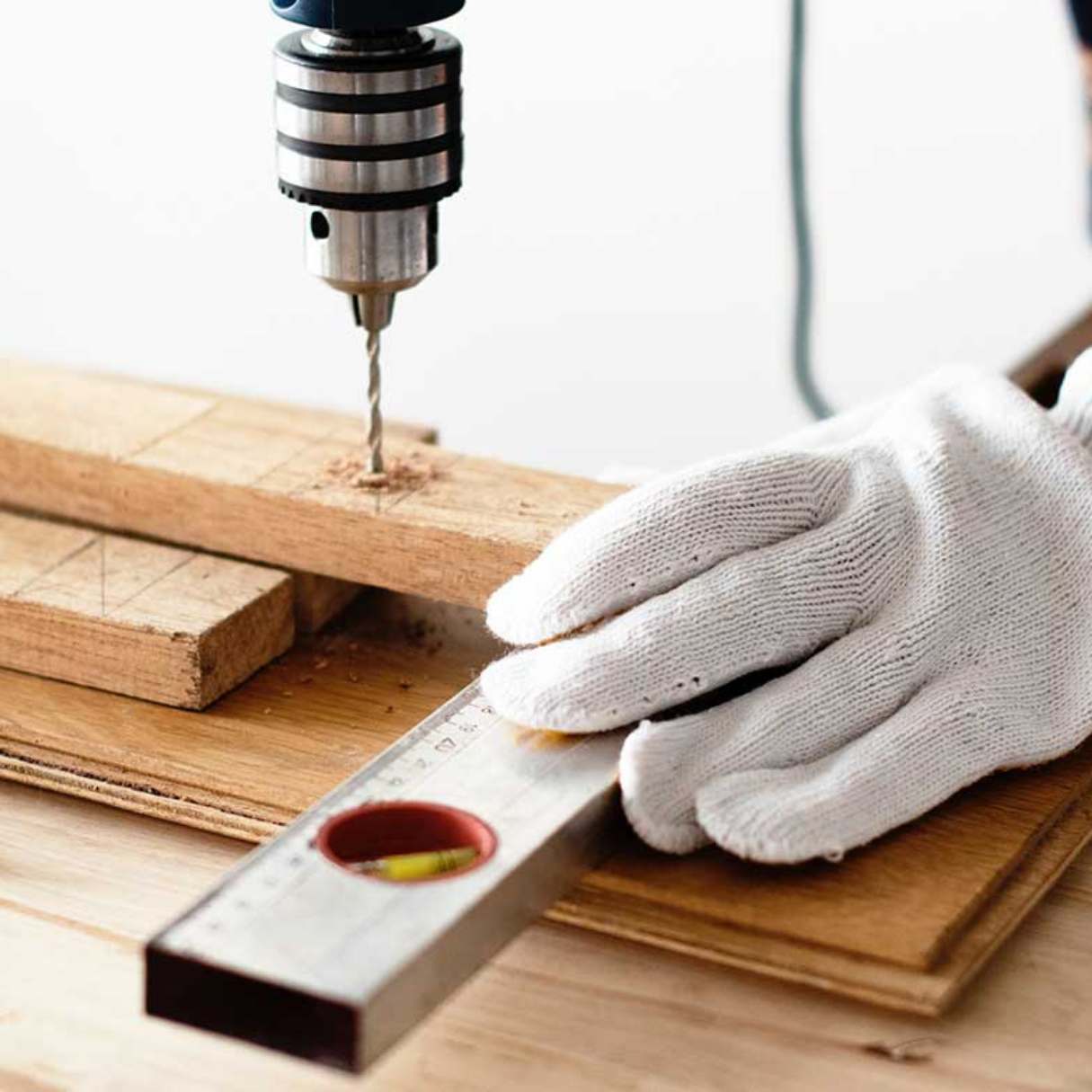
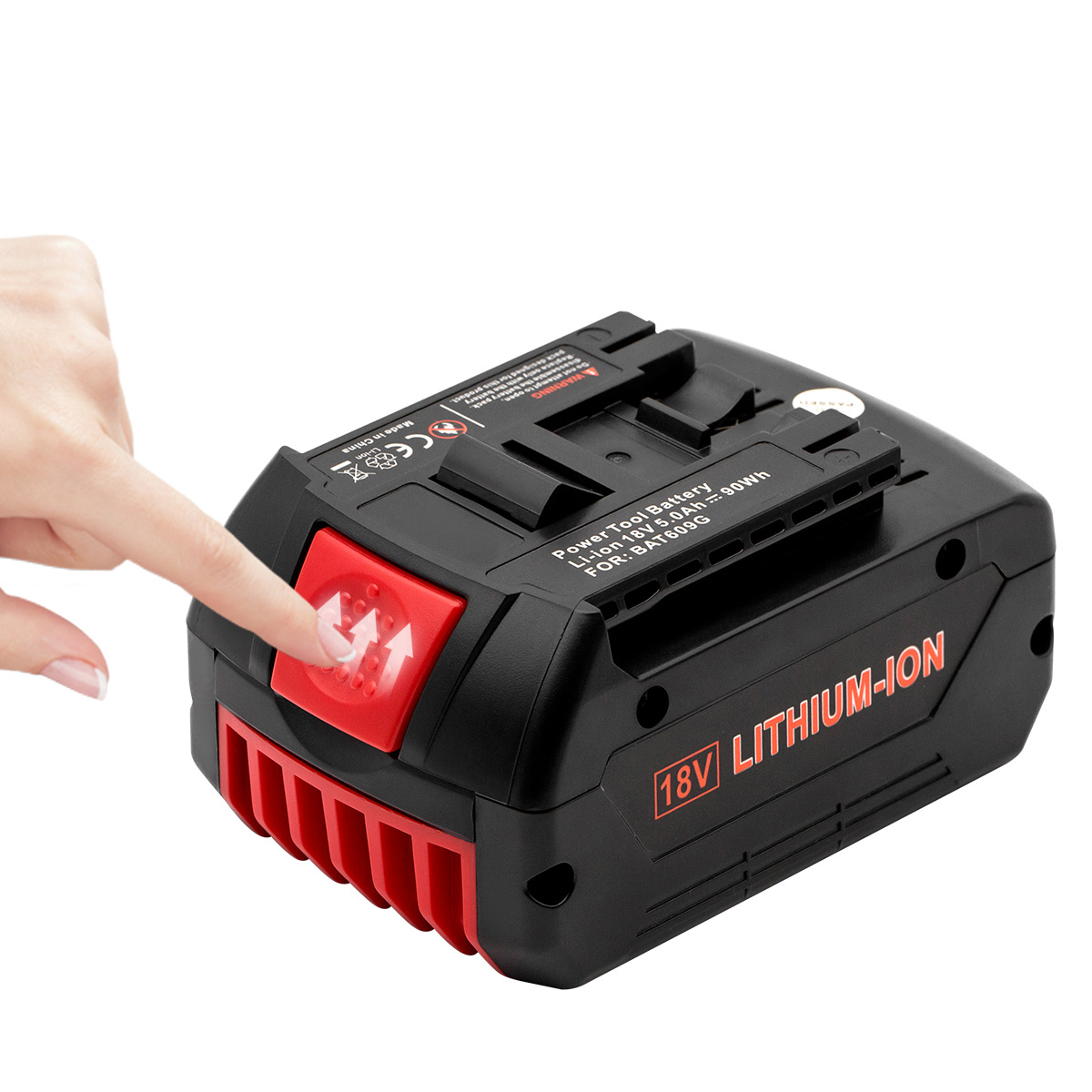
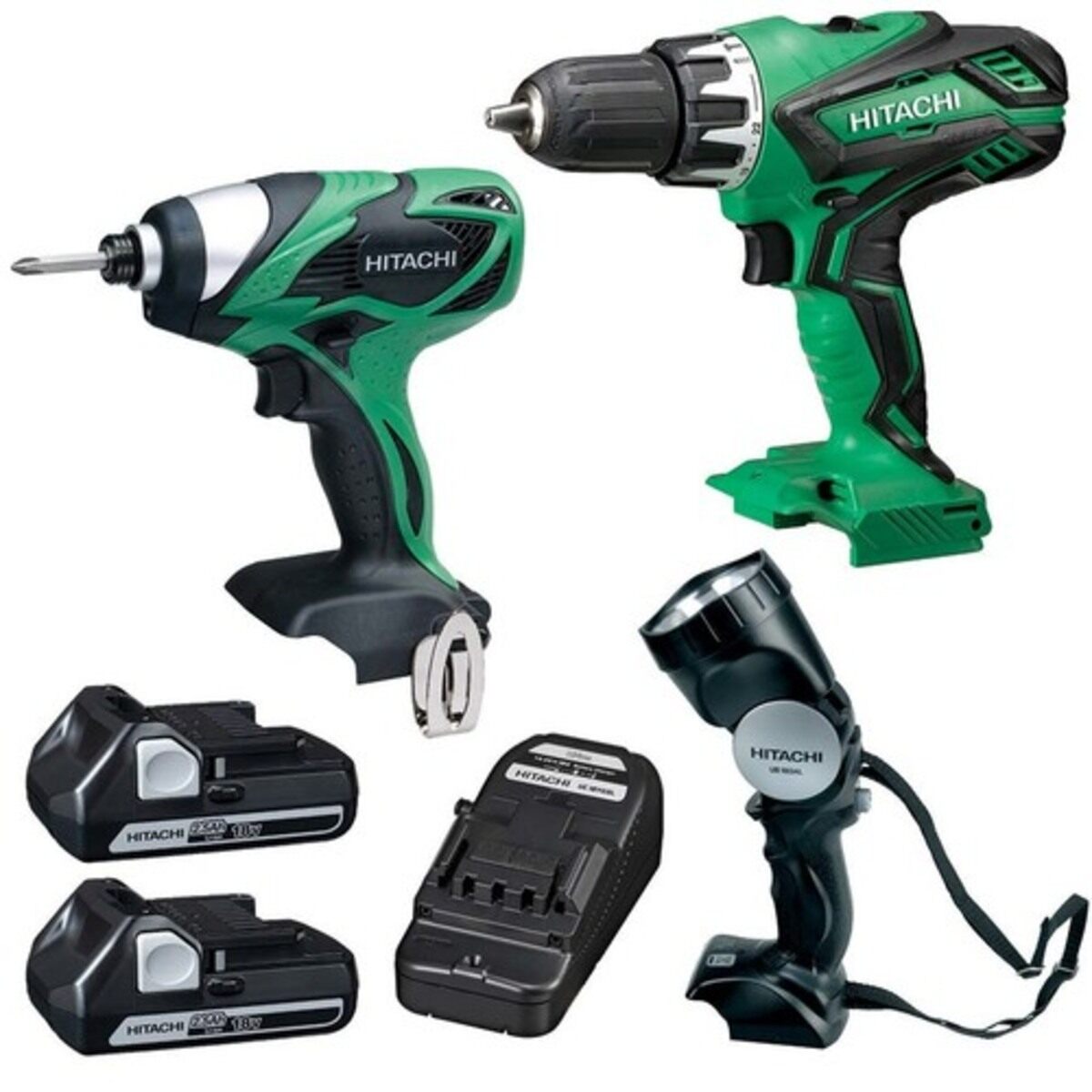
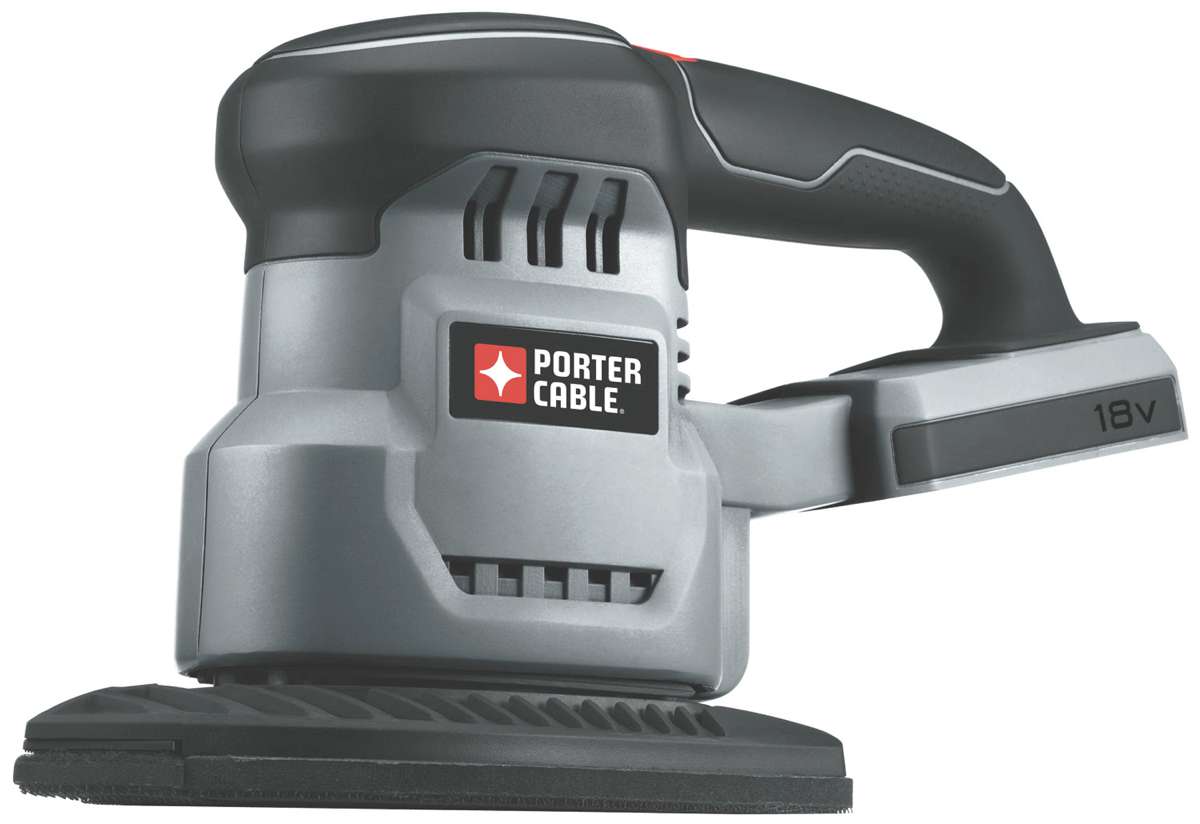
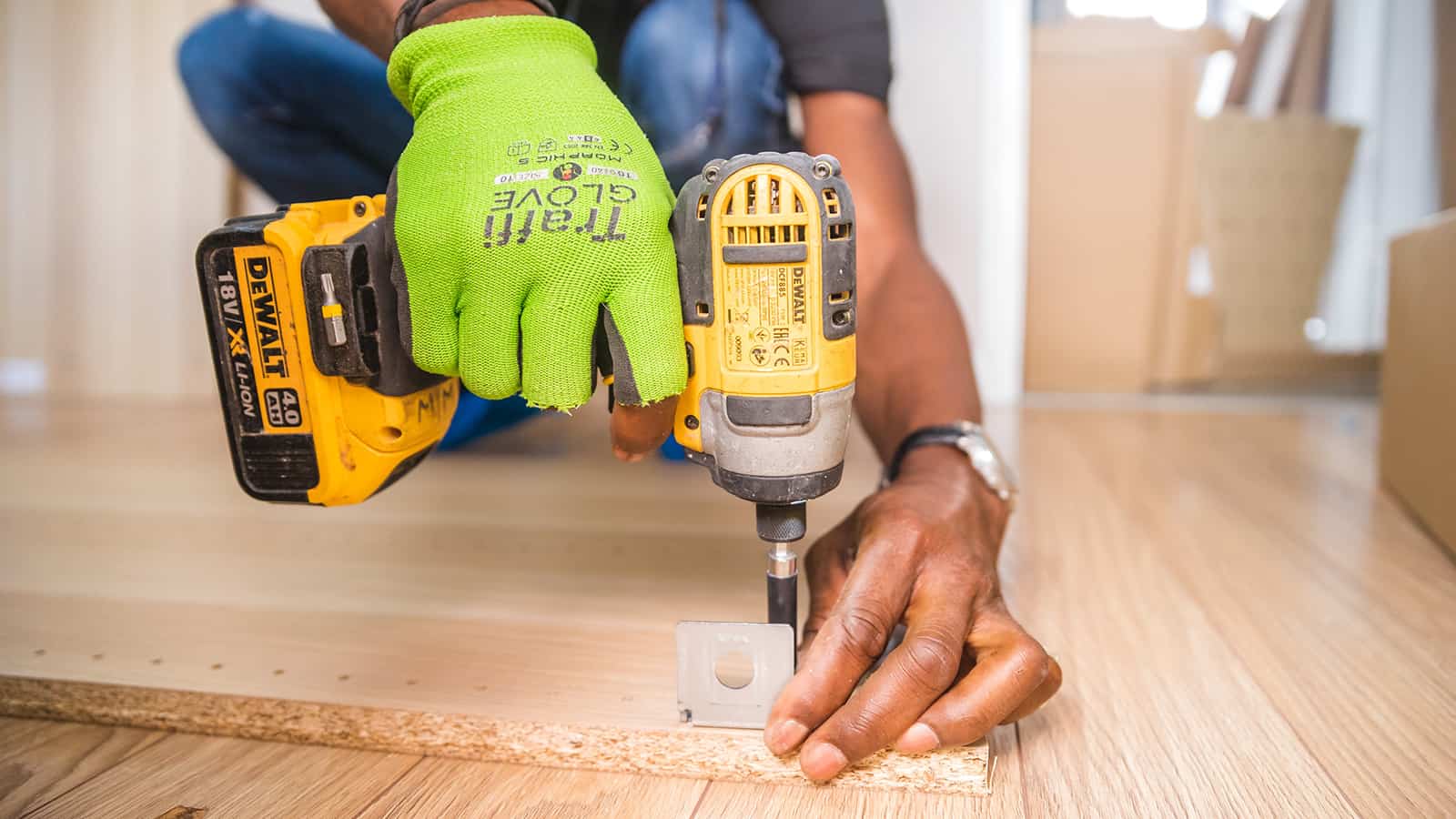
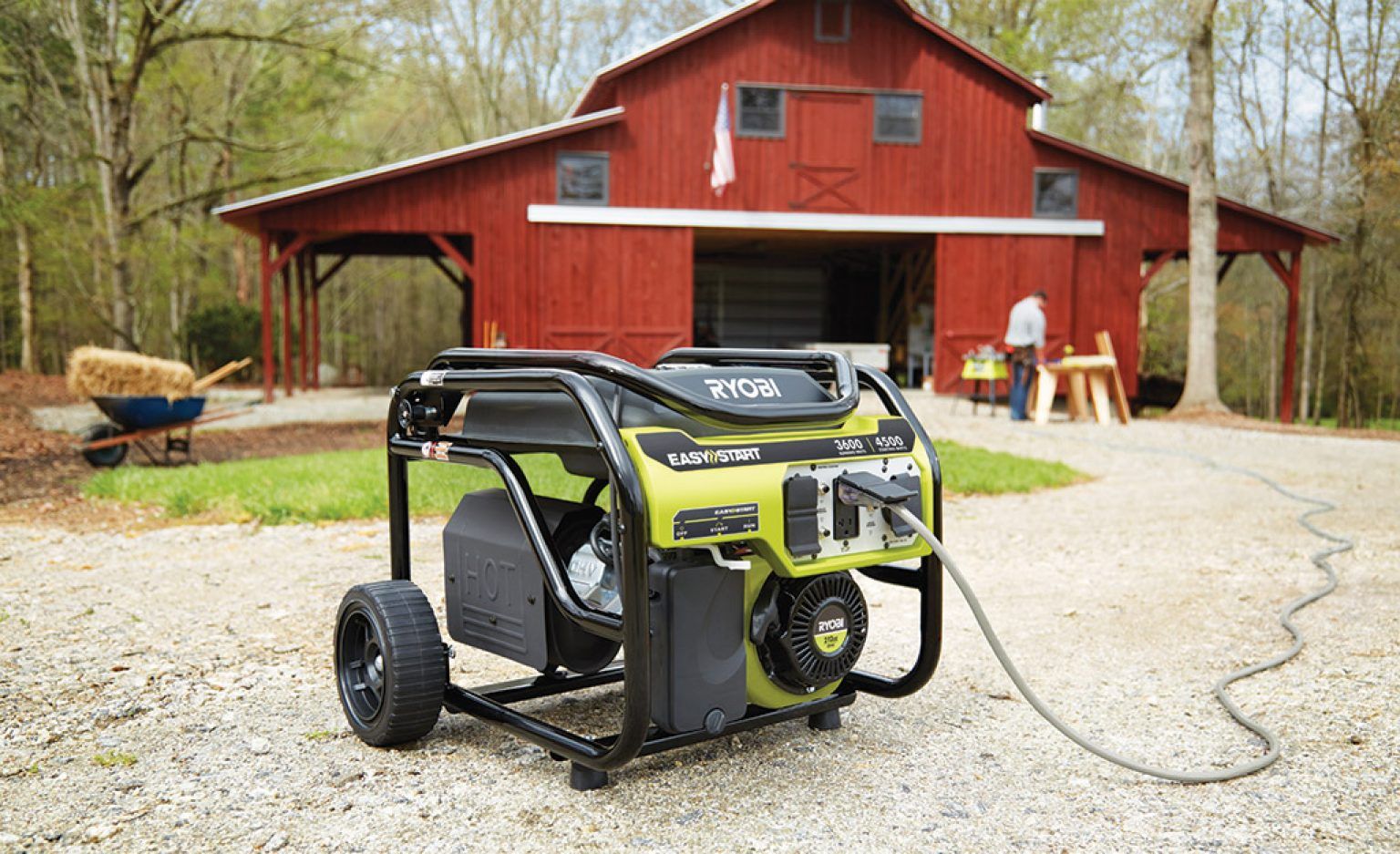
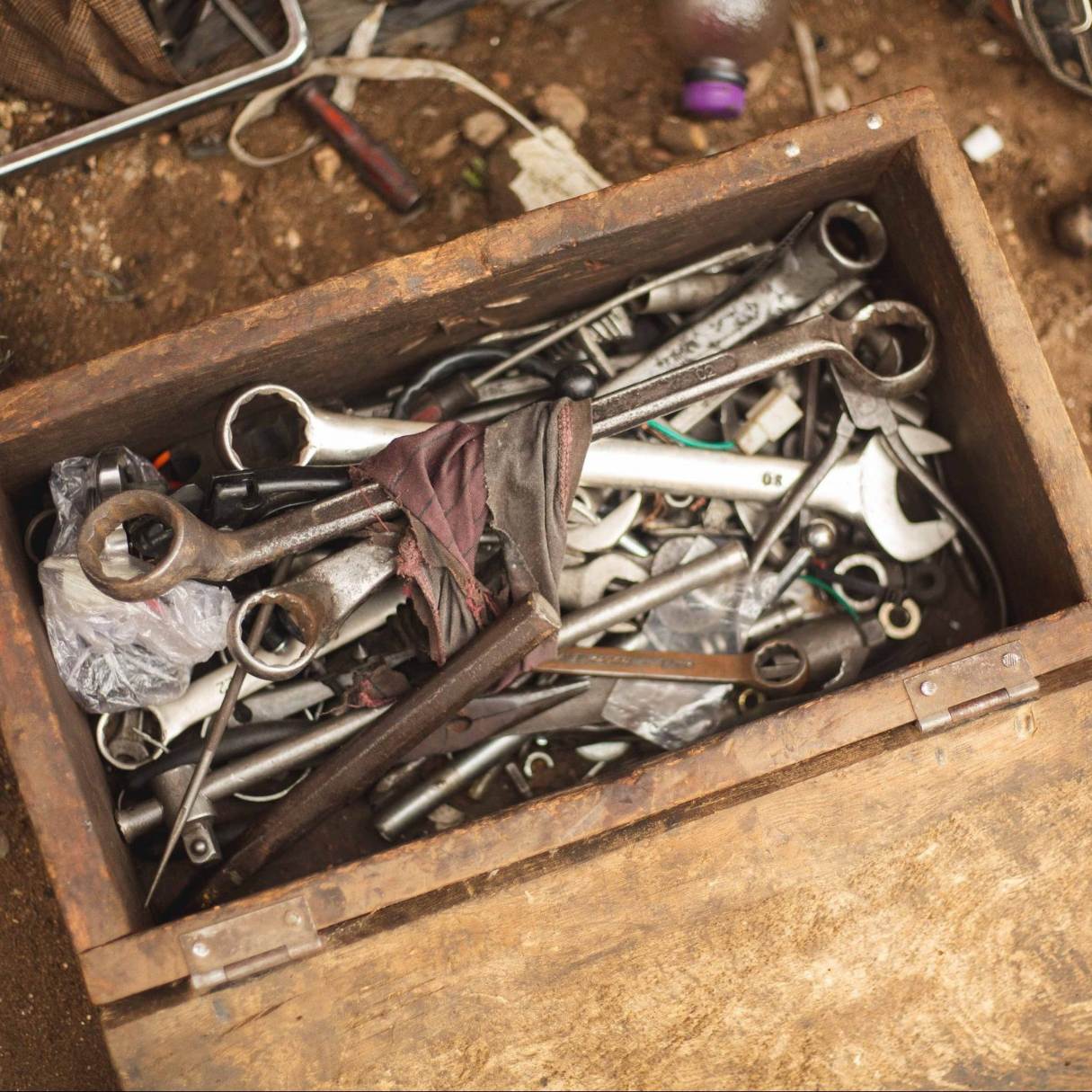
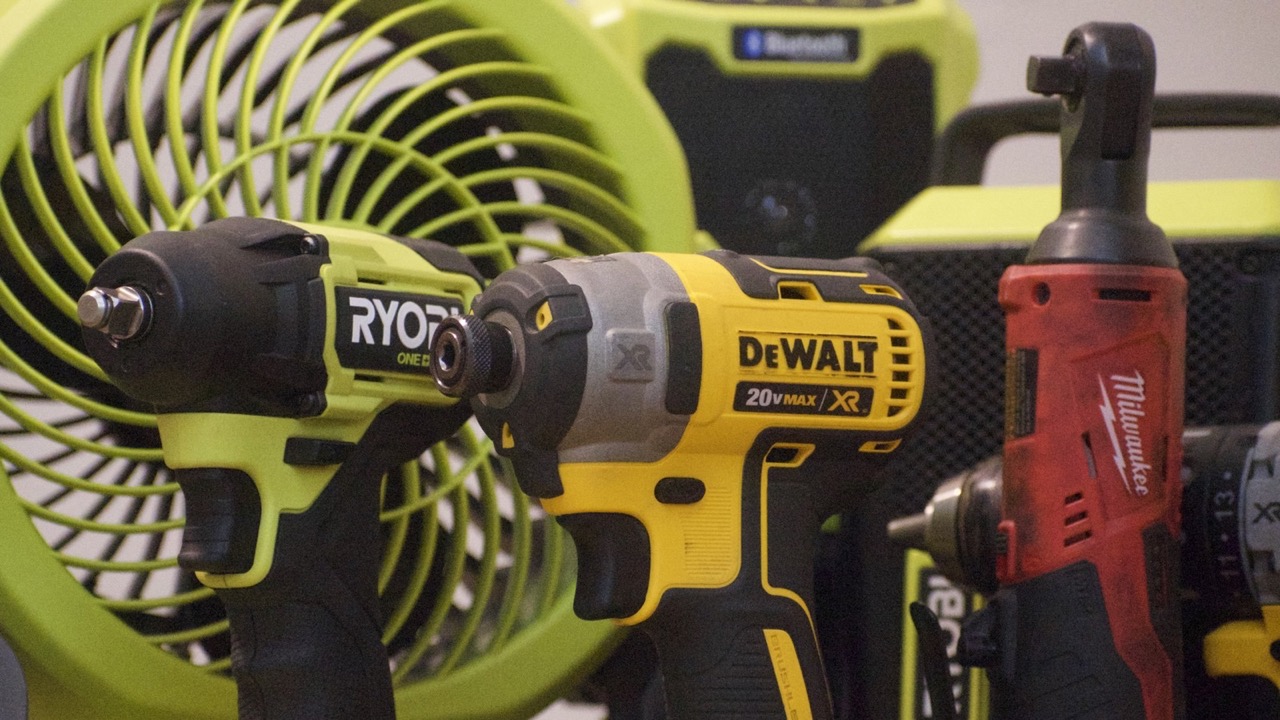
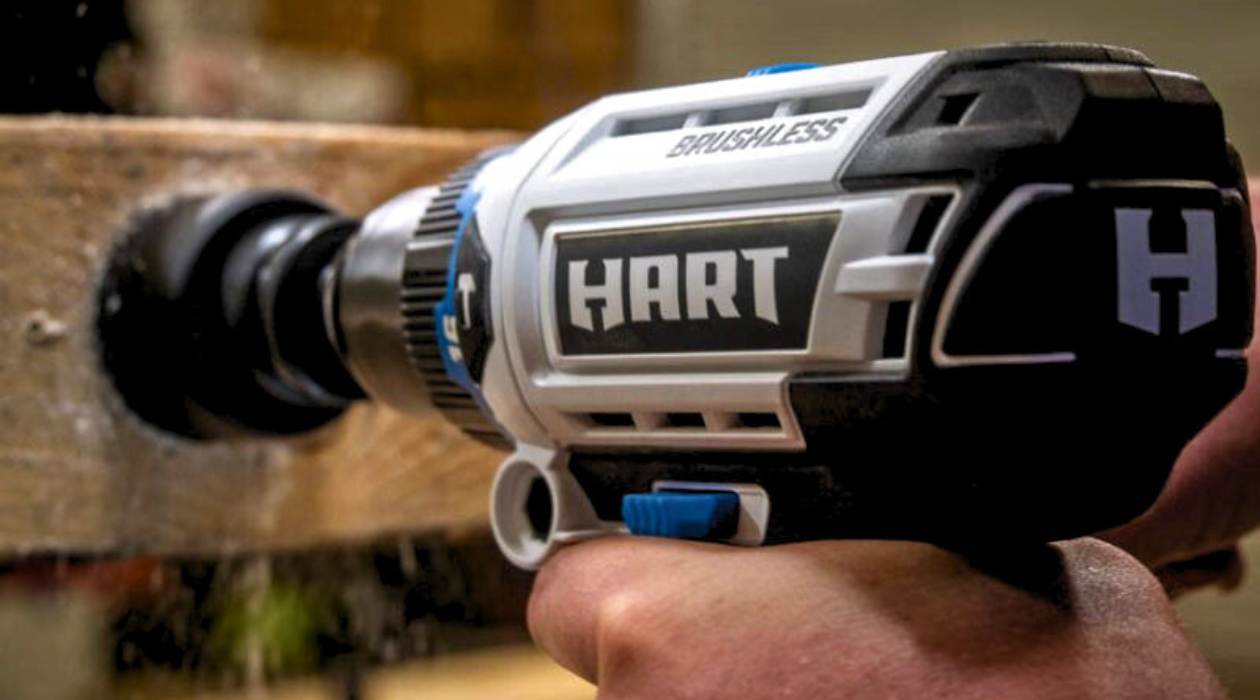

0 thoughts on “How To Store Power Tools”